Ama Yangri Trek is a premier short Himalayan adventure in Nepal and one of the superb destinations that make it possible to reach 3,771 metres above sea level during a typical 4–5 days short holiday in Nepal. This spiritual trek in Nepal offers incredible mountain views of the Himalayas, combining natural beauty with cultural richness and spiritual immersion within a manageable timeframe.
Nestled in the serene Helambu region, northeast of Kathmandu, this trek ascends to 3,771 metres (12,372 feet), offering panoramic vistas of the Himalayas without the need for a prolonged expedition.
Starting from the picturesque village of Sermathang in the Helambu region, the journey to Ama Yangri Peak Trek Nepal begins with a scenic drive from Kathmandu along the Melamchi River. The route passes through charming villages like Tarangmarang, where terraced fields meet lush greenery, framed by snow-capped peaks—ideal for photography enthusiasts and nature lovers alike.
The trail to Ama Yangri trek is a gradual ascent through dense rhododendron forests, which burst into vibrant colour in spring, filling the landscape with a spectacular floral display. The tranquil environment is complemented by the melodious songs of Himalayan birds, providing a peaceful backdrop for adventurers.
Cultural encounters form an essential highlight of the Ama Yangri Trek Nepal. Trekkers pass through traditional Tamang and Hyolmo villages, adorned with fluttering prayer flags and ancient monasteries. Key monastic sites such as Tarkeghyang, Kakani, Sermathang, and Yolmo Takpachenling offer deep insight into local Buddhist traditions, providing opportunities for meaningful interaction and cultural appreciation.
One of the trek’s main draws is the breathtaking Himalayan panorama visible from Ama Yangri Peak. Trekkers can enjoy sweeping 360-degree views of soaring mountains and verdant valleys, including famous peaks like Langtang Lirung (7,227m), Ganesh Himal (7,422m), Dorje Lakpa (6,966m), and Gaurishankar (7,134m)—a majestic and sacred peak lying to the east. Beyond these, the panorama often includes the Jugal Himal peaks such as Lirung and Yalung, as well as Numbur (6,958m), a prominent summit admired by trekkers in the region. On exceptionally clear days, the towering Shishapangma (8,027m), the world’s 14th highest mountain located in Tibet, can also be glimpsed to the north. This spectacular vista is truly an unforgettable highlight of the Ama Yangri Peak Trek Nepal.
Owing to its proximity to Kathmandu and moderate difficulty along with the off-the-beaten-path Himalayan route, the Ama Yangri Peak Trek Nepal is an excellent option for travellers seeking an authentic yet accessible Himalayan trekking adventure. It is ideal for those short on time but eager to explore Nepal’s spectacular landscapes and rich cultural heritage without the crowds typical of more popular routes.
Best Time to Do Ama Yangri Peak Trek in Nepal
The best times to hike up Ama Yangri Peak are in the spring (March to May) and fall (September to November). During these times of year, the skies are clear, the temperatures are mild, and the views of the mountains are stunning. In the spring, you'll see rhododendron flowers and new green plants. In the fall, the air is crisp and you can see for miles.
It is possible to hike in the winter, but the trail can be icy and cold. The monsoon months bring clouds and rain, which make it hard to see the peaks.
What Makes Ama Yangri Peak Trek Special?
People often call the Ama Yangri Peak Trek a "hidden gem" in the Helambu area. It's only a short drive from Kathmandu, and it's one of the few treks where you can see the Himalayas from all sides in just a few days. The peak is a sacred place for locals and offers both adventure and spiritual meaning.
On clear days, Ama Yangri gives you a 360-degree view of the Langtang range, Shishapangma in Tibet, and even Mount Everest in the distance. It is truly special because of its cultural charm, its closeness to Kathmandu, and its beautiful views.
How Difficult is Ama Yangri Peak Trek?
The hike is considered to be an easy to moderate level of difficulty. There are some steep climbs on the trail, especially on the last push to Ama Yangri Peak (3,800m), but it's doable for trekkers of all fitness levels, even those who are new to it. The trek is only 5–6 hours of walking each day, so it's great for families, people who have never trekked before, or anyone who doesn't have a lot of time.
Permits Required
For this trek, you’ll need:
- Shivapuri-Nagarjun National Park Entry Permit (as you pass through this protected area)
- TIMS (Trekkers’ Information Management System) Card
- Jagadamba Holidays will take care of all the permits for you ahead of time so you won't have to worry about anything at all.
Safety and Precautions
- Even though it's short and pretty safe, you should never forget about safety.
- Always hike with a guide who knows the trail well.
- Put on layers because the weather can change quickly.
- Take a small first-aid kit and some tablets that clean water with you.
- Go on your trek early in the day to avoid clouds that can block views in the afternoon.
- Be respectful of local customs, especially around holy sites near the top.
Training and Preparation
You don't need to do a lot of planning because the trek is short. But doing light cardio exercises like walking, hiking, or biking for a few weeks before the trek will help you build up your stamina. People who are new to hiking should practice short hikes with a small backpack to get used to walking on rough ground.
Mountain Views
People often call Ama Yangri Peak a "mini Everest viewpoint." On clear days, trekkers can see Langtang, Ganesh Himal, Dorje Lakpa, Shishapangma (Tibet), and even Mount Everest from the top. The 360-degree view is one of the best things about this short trek in Nepal.
Altitude Sickness and Prevention
Ama Yangri Peak is only 3,800 meters high, which is below the point where severe altitude sickness is common. Still some trekkers may feel mild symptoms like headaches or dizziness. To avoid this, walk at a steady pace, drink plenty of water, and take breaks when you need to. Acclimatization isn't usually a problem because the trek is short.
What to Expect during Ama Yangri Peak Trek
A short but rewarding hike with cultural charm, natural beauty, and views of the Himalayas is what you can expect. The path goes through Buddhist monasteries, rhododendron forests, and traditional Sherpa and Tamang villages.
When you get to the top, you'll see prayer flags flying in the wind and get a great view of the big Himalayan mountains. The area feels far away and peaceful, even though it is close to Kathmandu.
Why Choose Jagadamba Holidays for Ama Yangri Peak Trek
Jagadamba Holidays makes trekking easy, even for short trips like Ama Yangri. We take care of all the details, like permits, guides, and places to stay, so you can fully enjoy the trip. Our knowledgeable guides will keep you safe, show you the best views, and teach you about the culture. Even a four-day hike can be fun and comfortable with our customized itineraries.
Things You Should Know
- The trek can be based on camping or a teahouse, depending on what you like, but the facilities are basic.
- The weather can change quickly, so bring warm clothes even in the fall or spring.
- Some villages have mobile signals, but they may not be strong near the top.
- Respect the local customs at the top because it is a holy place.
Is Ama Yangri Peak Trek for Me?
This trek is great if you don't have a lot of time but still want to go trekking in the Himalayas. It's good for beginners, families, or trekkers who want to see the mountains from a distance without having to go on a long and hard trip. This trek is perfect for you if you want to see culture, nature, and mountains all in four days.
Meals & Accomodation
The food is simple but filling, and they often serve local Nepali dishes like dal bhat, noodles, soups, and Tibetan bread. Depending on the itinerary, accommodations can be simple teahouses in villages or camping. These lodges are simple, but they are warm and welcoming, which makes the experience real.
Plan Your Ama Yangri Peak Trek
Planning is easy with Jagadamba Holidays. We take care of all the permits, guides, porters, meals, and places to stay. Our four-day schedule is carefully planned to make the most of your time at the top while balancing walking and resting. It also includes transportation to and from the trailhead, so it's a full package.
Why Choose Ama Yangri Peak Trek
This trek is great if you want a short, easy, and rewarding adventure in Nepal. It has spiritual meaning, local culture, and amazing views of the mountains, all without the time or effort of longer hikes. What makes it special is that it shows off the most beautiful parts of the Himalayas in just four days.
Packing List, Gears, and Equipment
Even though the trek is short, proper gear ensures comfort:
- Clothing: Base layers, trekking shirts, fleece, down jacket, waterproof shell, gloves, hat
- Footwear: Comfortable trekking boots, warm socks, camp shoes
- Gear: Small backpack (30–40L), sleeping bag (–5°C recommended), trekking poles
- Essentials: Sunglasses, sunscreen, lip balm, headlamp, water purification tablets, personal first-aid kit
- Other items: Power bank, toiletries, snacks, quick-dry towel
Ama Yangri Trek Nepal Cost
The cost of the Ama Yangri Trek Nepal typically includes essential services such as a licensed trekking guide, porter support if required, necessary permits (including TIMS and local entry fees), tea-house or guesthouse accommodation along the trail, all meals during the trek, and ground transportation between Kathmandu and the trailhead at Timbu village.
Solo trekkers receive personalised guidance and assistance, while group trekkers may benefit from discounted rates depending on group size. Seasonal offers are often available during off-peak months, providing excellent value for those seeking to explore the less crowded Helambu region.
While our website lists standard package rates, we encourage private groups—whether friends, families, or clubs—to contact us directly for tailored pricing. We are committed to offering competitive rates combined with high-quality service, ensuring your Ama Yangri adventure is both unforgettable and affordable.
Jagadamba Expeditions – Heart of Himalayan Adventure
Jagadamba Expeditions is your trusted gateway to the majestic Himalayas, offering unforgettable trekking, climbing, and adventure experiences across Nepal. With expert guides, personalized itineraries, and a commitment to safety and sustainability, we ensure every journey connects you deeply with the breathtaking landscapes and rich culture of the Himalayas. Explore, challenge, and discover the heart of Himalayan adventure with us.












 Overviews
Overviews
 Trip Overview
Trip Overview
 Travel Itinerary
Travel Itinerary
 Cost Include
Cost Include
 Cost Exclude
Cost Exclude
 Fixed Departure
Fixed Departure
 Route Map
Route Map

 Freqeuntly Asked Questions
Freqeuntly Asked Questions
 Reviews And Rating
Reviews And Rating
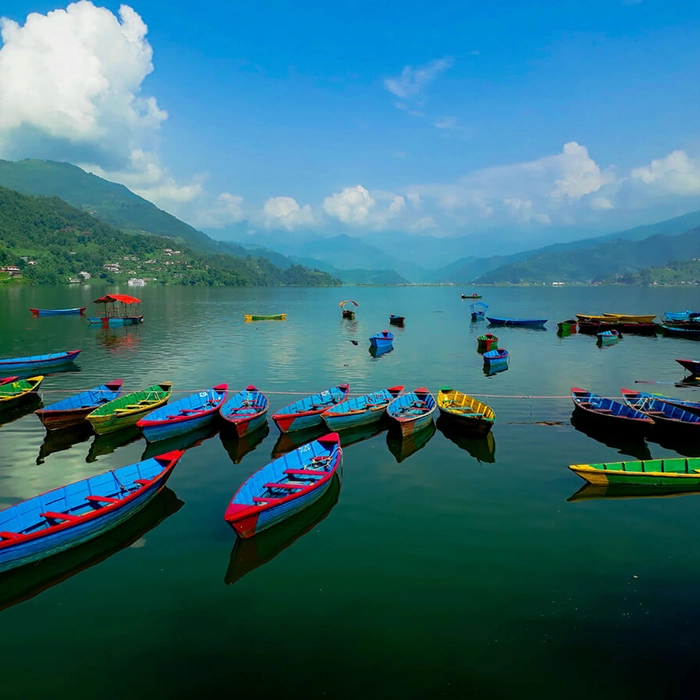
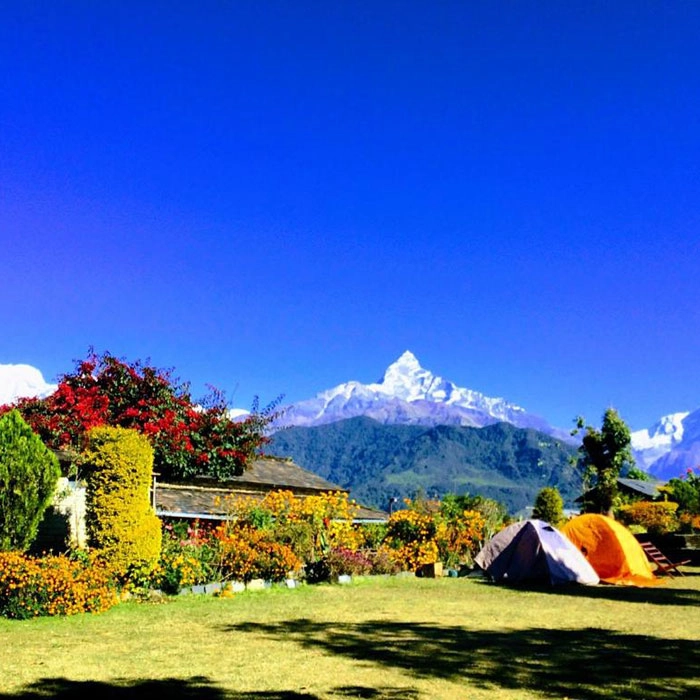

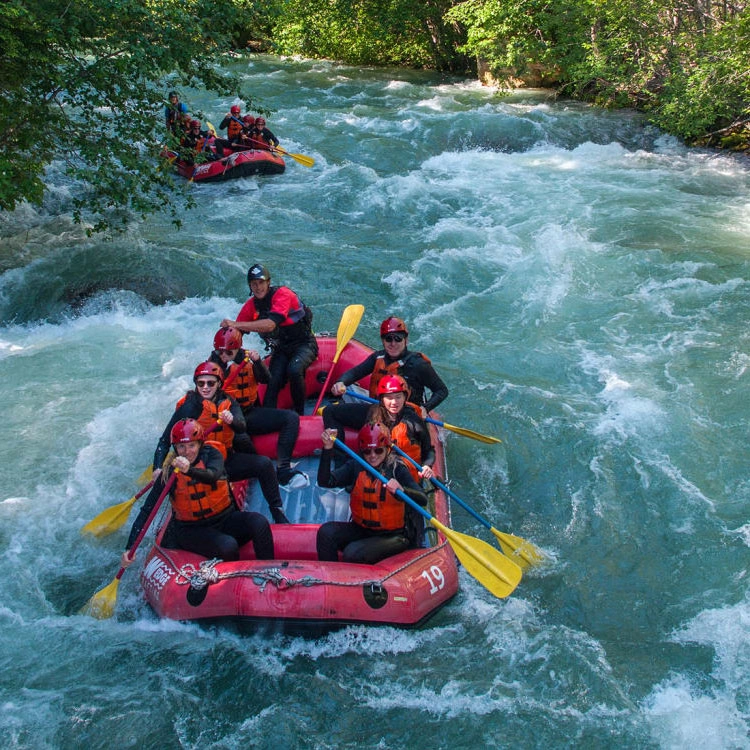

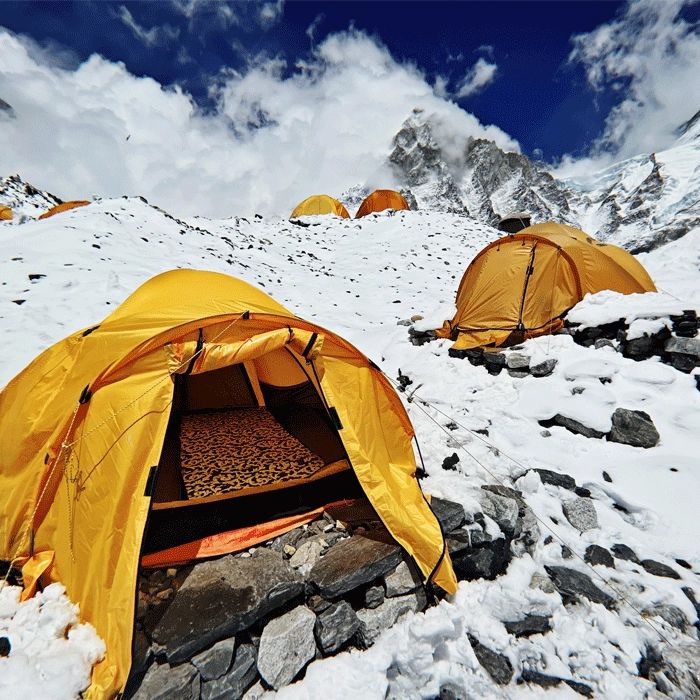
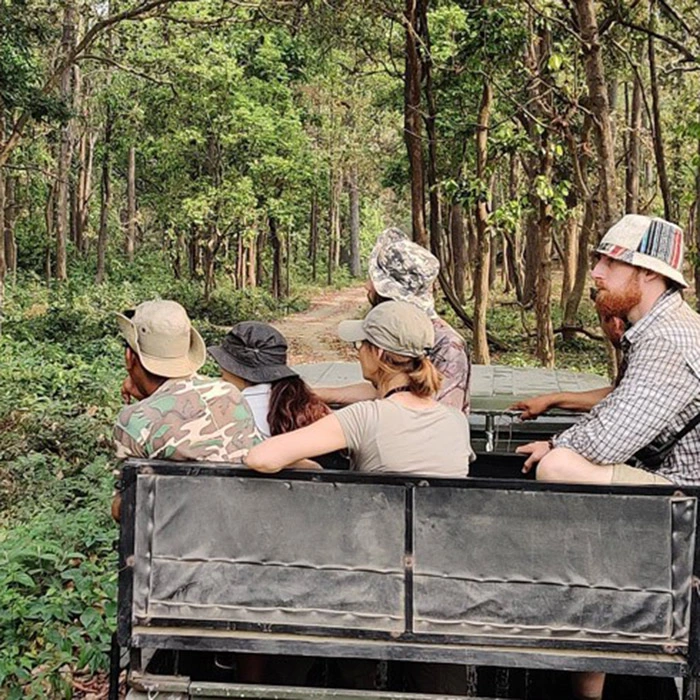







Laura Schmidt
This trek was short but incredibly rewarding. The climb to Ama Yangri Peak was challenging enough to feel like an adventure, but manageable for someone with moderate fitness. Jagadamba Holidays made everything easy—permits, transport, and great local guides. Standing at the stupa on Ama Yangri’s summit with the Himalayas surrounding us was unforgettable.
Chiaki Tanaka
Ama Yangri is not only beautiful but also spiritually significant. Reaching the stupa at the summit felt peaceful and inspiring, especially with the mountains as a backdrop. The trek was well-paced, and the guide shared both cultural stories and practical tips along the way. Jagadamba Holidays provided excellent service throughout. I would recommend this trek to anyone seeking a short but meaningful journey.
Ethan Williams
I had limited time in Nepal, and this trek fit perfectly. In four days, I was able to enjoy forests, ridges, villages, and stunning Himalayan panoramas without long travel days. Jagadamba Holidays was organized and professional, with a guide who really knew the area well. For anyone short on time, Ama Yangri is a fantastic choice